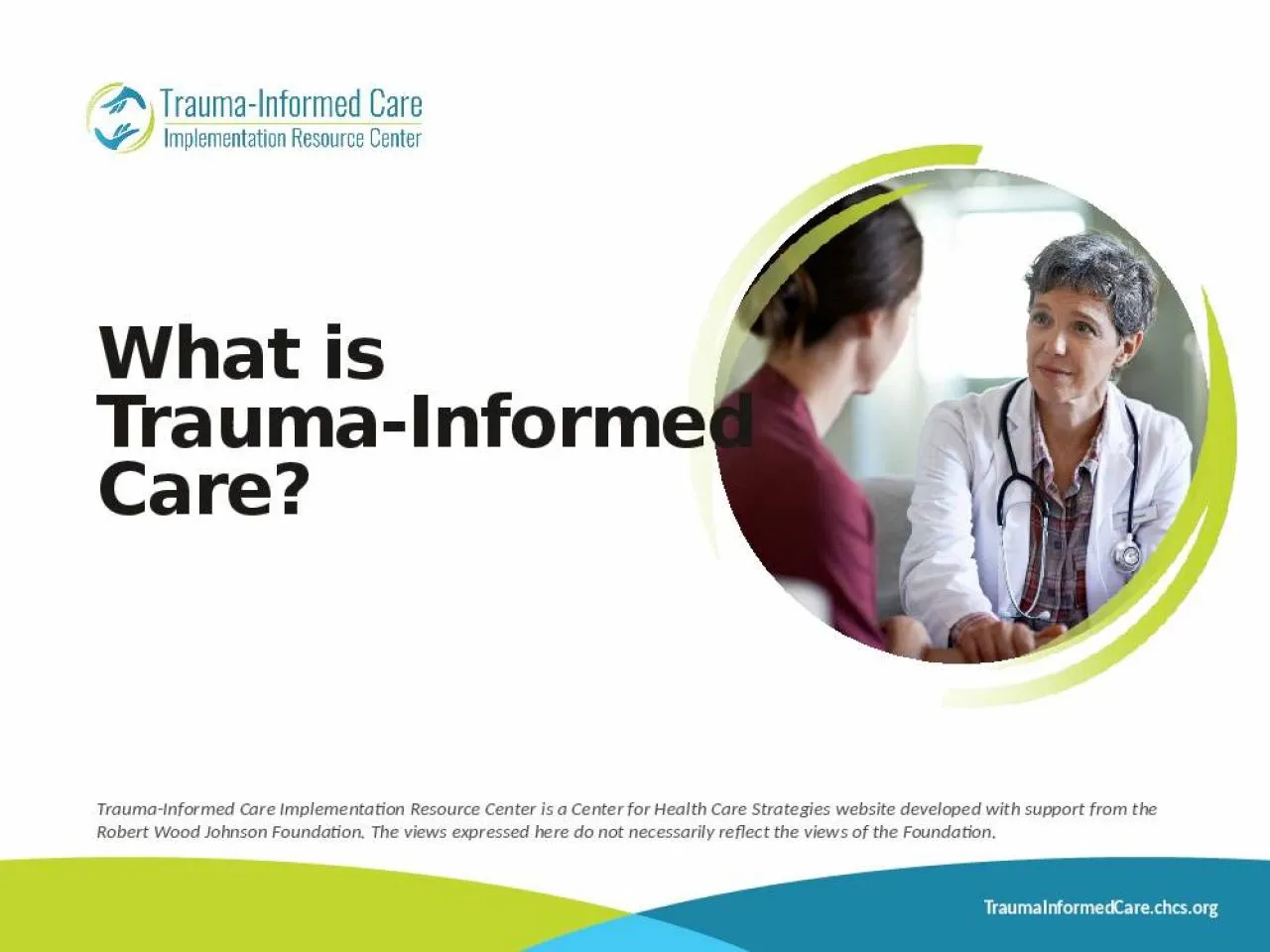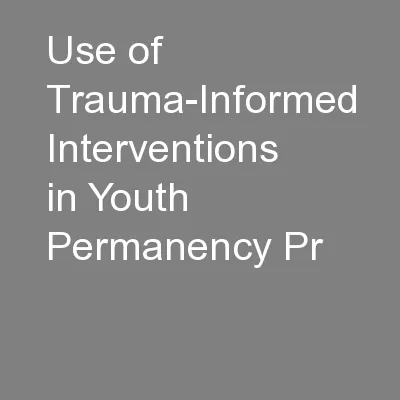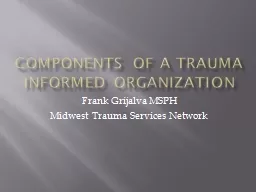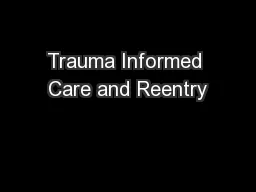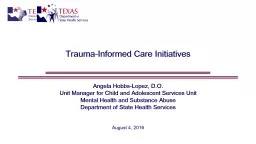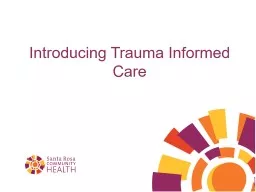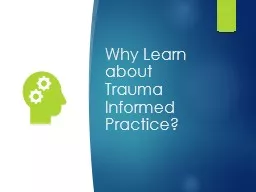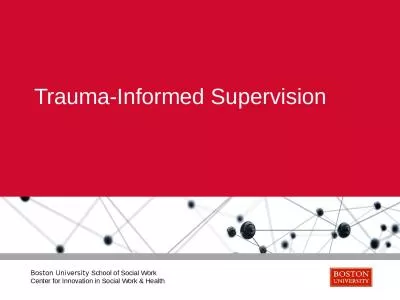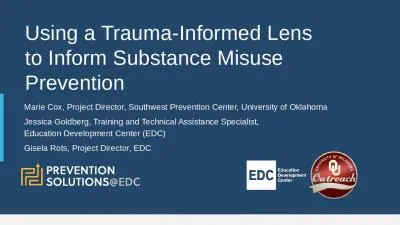PPT-What is Trauma-Informed
Author : mackenzie | Published Date : 2022-04-06
Care Takes the patients experience of trauma into account Instead of asking Whats wrong with you asks What happened to you Must be clinical AND organizational
Presentation Embed Code
Download Presentation
Download Presentation The PPT/PDF document "What is Trauma-Informed" is the property of its rightful owner. Permission is granted to download and print the materials on this website for personal, non-commercial use only, and to display it on your personal computer provided you do not modify the materials and that you retain all copyright notices contained in the materials. By downloading content from our website, you accept the terms of this agreement.
What is Trauma-Informed: Transcript
Download Rules Of Document
"What is Trauma-Informed"The content belongs to its owner. You may download and print it for personal use, without modification, and keep all copyright notices. By downloading, you agree to these terms.
Related Documents

